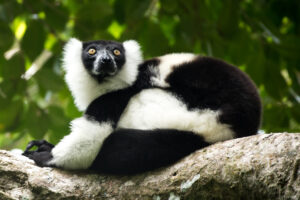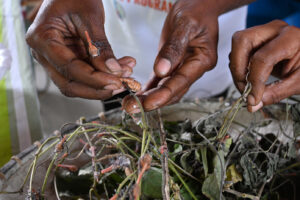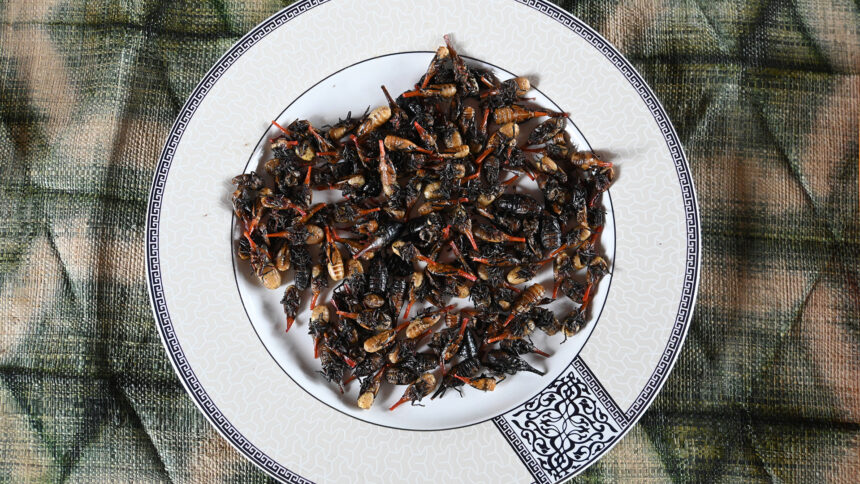NewzVille Desk
Sakondry is a tiny jumping insect that has been a popular snack for hundreds of years, mainly in the rural areas of Madagascar’s east coast. The biological name of Sakondry is Zanna tenebrosa. It tastes a bit like bacon (salted pork) when you fry it, and it’s affordable and packed with protein.
More than just a tasty treat Sakondry is a booster for food security. With the help of the Sustainable Wildlife Management (SWM) Programme, these edible insects are also an innovative solution and potential game changer in helping to take the pressure off and preserve Madagascar’s endangered and distinctive primates – lemurs.
Under Madagascar’s wildlife laws, the lemur is protected. However, around the remote villages in the country’s northeastern Makira Natural Park in the Analanjirofo region, this primate continues to be hunted for meat, putting its survival at risk. Wild meat, including lemurs, can account for up to 75 percent of local people’s protein and 14 percent of people’s iron intake in this part of Madagascar.
Still continuing the topic of food-chain, Sakondry offers a nutritious and sustainable alternative, helping to safeguard Madagascar’s lemurs. There’s just one problem: populations of the Sakondry have declined, causing concern among local residents.
Climate change, forest and biodiversity degradation as well as decrease in rainfall have all conspired together to create an environment that’s fast becoming too dry for the Sakondry’s comfort.
Sakondry insects are exceptionally nutritious, rivaling traditional protein sources. Per 100 grams, they contain 20.1 grams of protein, comparable to chicken, pork and beef. They also provide considerably more potassium, calcium and iron than traditional animal proteins. Add the protein and micronutrients from the beans into the equation and you have a substantial contribution to a communities’ nutrition.
Compared to traditional livestock production, insect farming also has a significantly lower environmental impact. It produces fewer greenhouse gas emissions and requires less water, food and space. Unlike other farmed insects, such as crickets, Sakondry do not require supplementary feeding or intensive care. More to say, they do not invade or feed on other agricultural crops, which is good for farmers.
With minimal investment and resources needed, Sakondry farming creates income opportunities, especially for rural women, who are taking the lead in managing production.
The ambition is that in the future, Sakondry farming can be expanded, and the insects could be sold nearby, therefore providing additional income to families in Madagascar.





